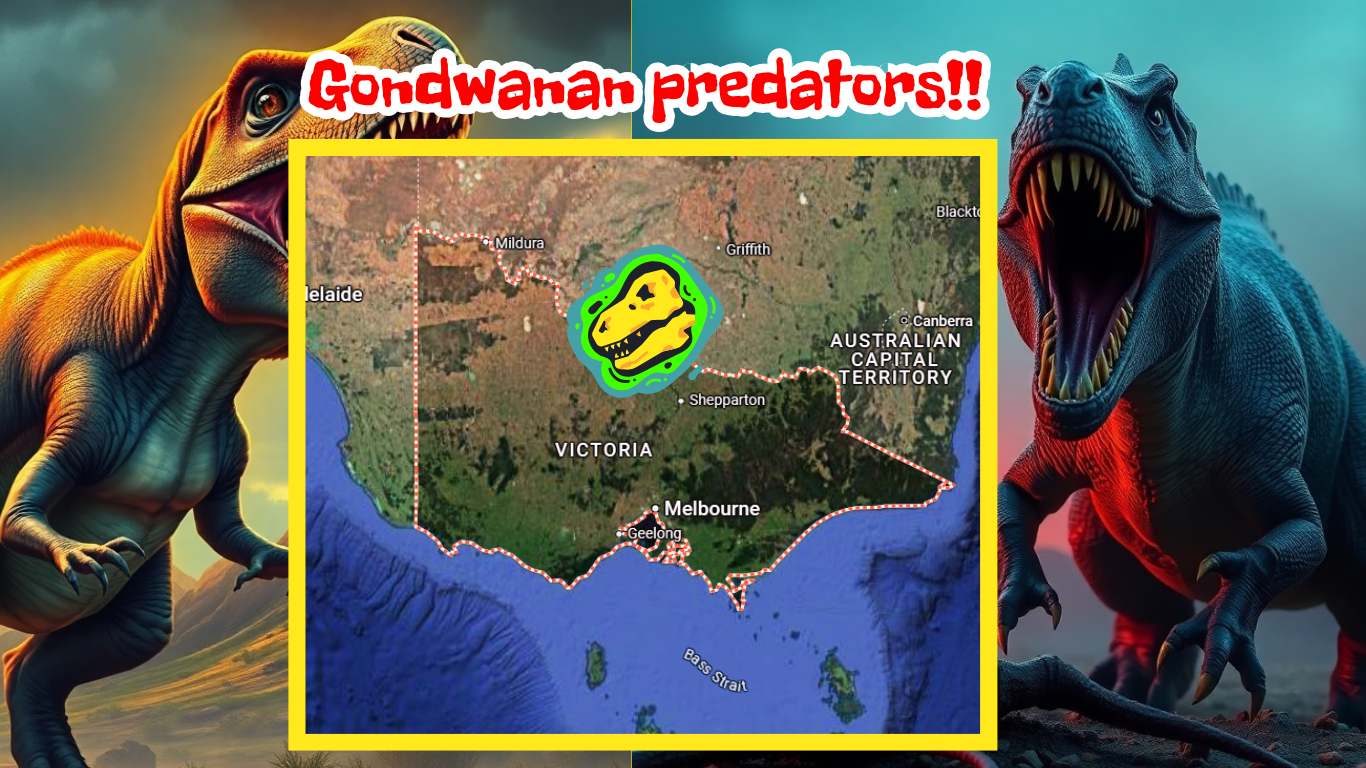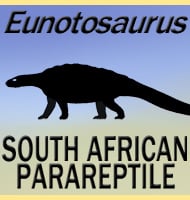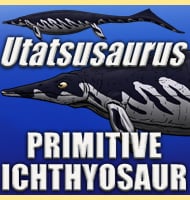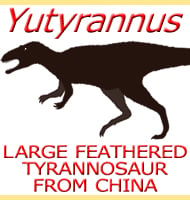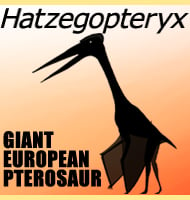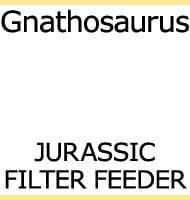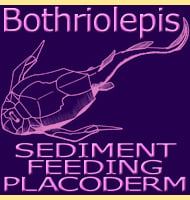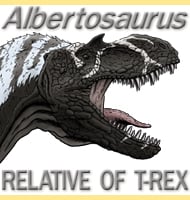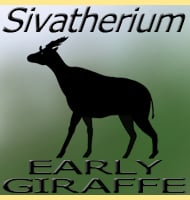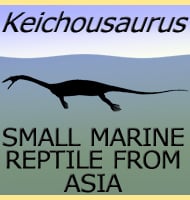Fossils found in Victoria reveal the oldest known big meat-eating dinosaurs called megaraptorids and the first evidence of another group called carcharodontosaurs in Australia.
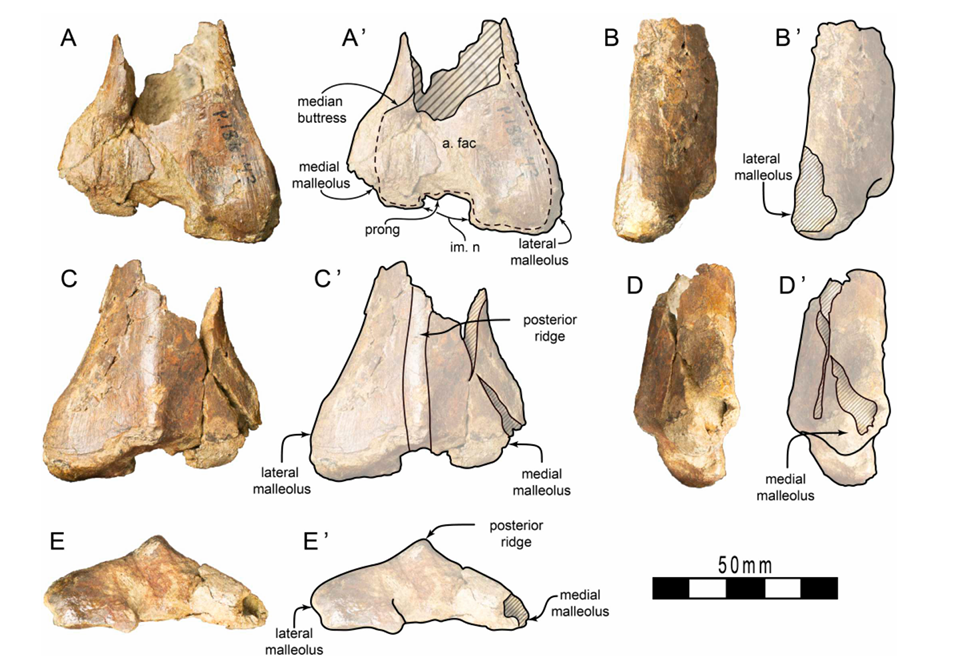
This discovery shows a new predator which was in Australia during the Cretaceous period.
Dr. Thomas Rich from Museums Victoria says these fossils are a big deal.
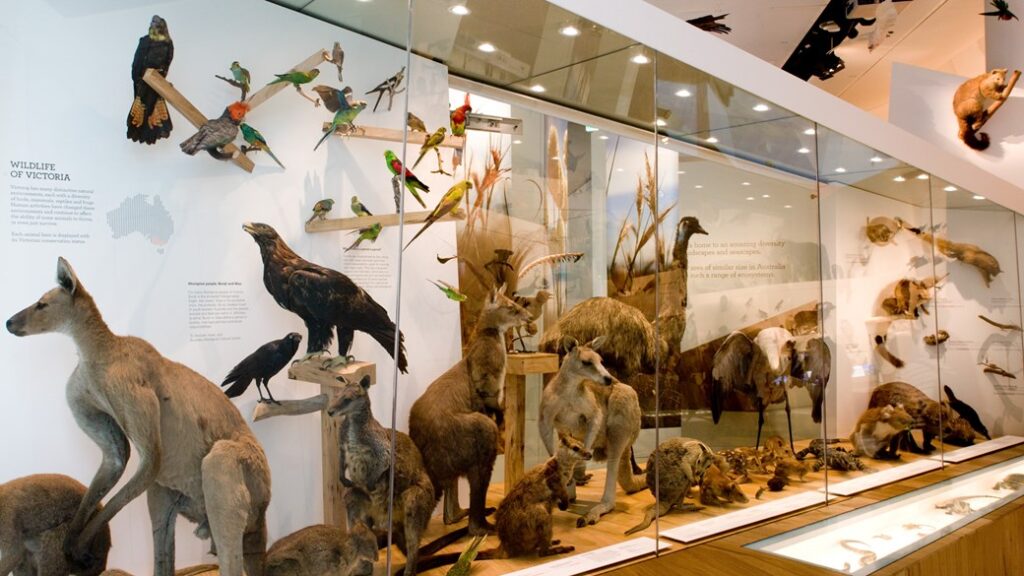
These finds show animals moved between Australia and South America through Antarctica. It also changes old ideas about which dinosaurs were biggest in ancient ecosystems.
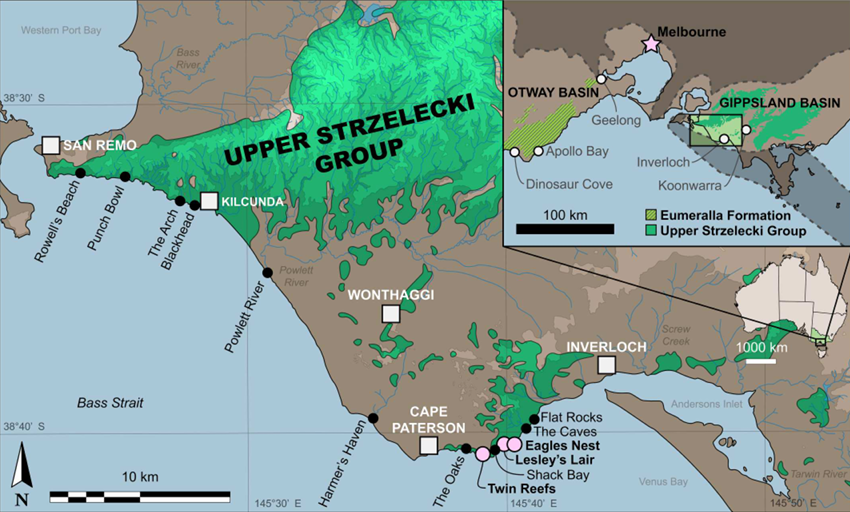
The research team, led by Jake Kotevski, found the fossils in Victoria.
They dug into rocks from the Early Cretaceous period, about 125 to 100 million years ago. These rocks, part of the Strzelecki Group and Eumeralla Formation, are known for holding many dinosaur bones.
The fossils include parts of leg bones (tibiae) and tail bones (caudal vertebrae) from different meat-eating dinosaurs.
One of the biggest finds is a tailbone set that comes from a megaraptorid. These dinosaurs were top predators with strong arms and big claws. The tailbones have special air pockets inside, like those seen in other megaraptorids.
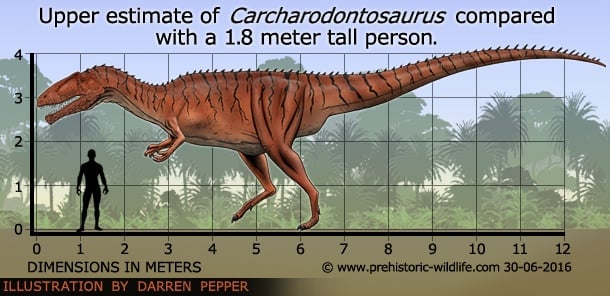
Another important find is parts of two leg bones from carcharodontosaurs.
These dinosaurs were huge, with strong jaws and teeth like sharks. Finding them in Australia shows they lived there too.
The team used advanced technology to study the fossils. They scanned the bones with CT and micro-CT machines to see inside them. This helped them learn more about the dinosaurs’ structures.
Two megaraptorid specimens finds demonstrate that this dinosaur group had achieved a large body size (6-7 m long) at the time of its first appearance in the fossil record.
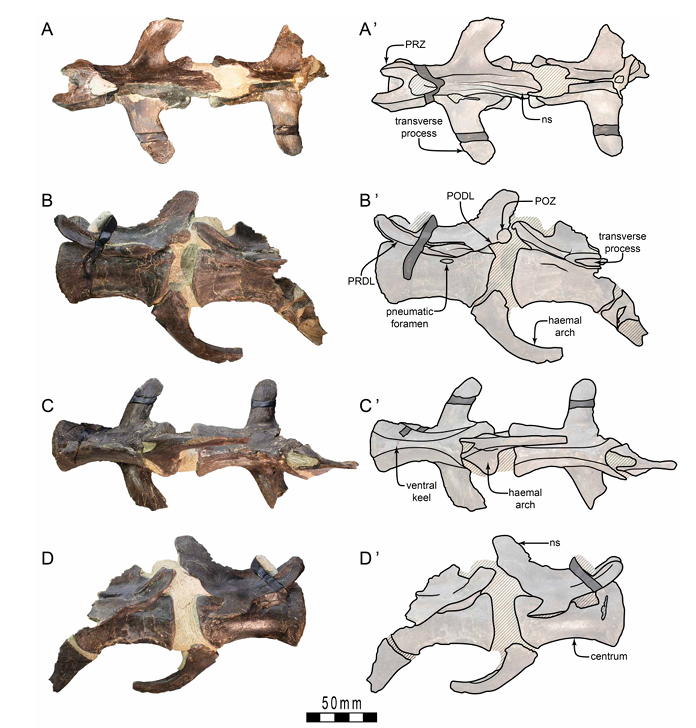
The fossils show that Australia was once home to a mix of different meat-eating dinosaurs.
Megaraptorids were big and strong. Carcharodontosaurs were also giants. Smaller hunters called unenlagiines were also present.
These dinosaurs lived alongside plant-eating dinosaurs, turtles, and lungfish.
The finds also help connect Australia to other parts of the world. During the Cretaceous, Australia was linked to South America through Antarctica. This allowed animals to move between the continents. The carcharodontosaurians may have used this route.
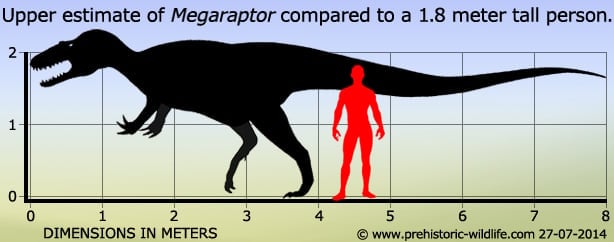
These new dinosaur fossils are changing how we see Australia’s ancient past. They show that big meat-eating dinosaurs lived there earlier than we thought. They also support the idea that animals moved between continents.
Jake Kotevski said his team is still exploring fossil sites where the large megaraptorid fossils were located. The Dinosaur Dreaming project has uncovered over 10,000 fossil bones and teeth.
The research was published in the Journal of Vertebrate Paleontology.
